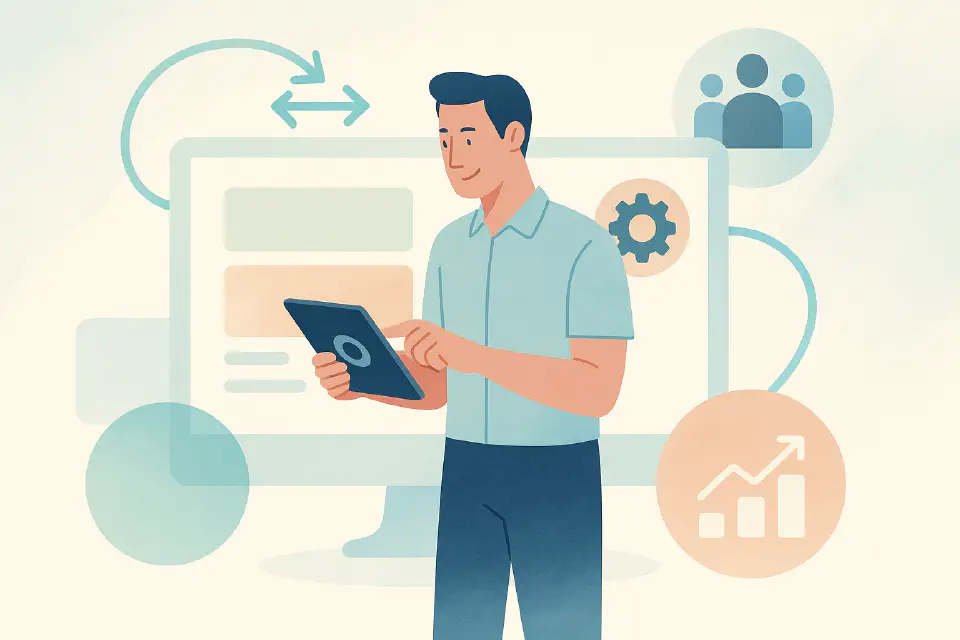
Modernizing HR Service Models
The old HR service model is breaking down. It’s time to rethink delivery—from shared services to platforms, agile pods, and beyond.
Traditional HR service delivery—built around transactional shared services, siloed centers of excellence (CoEs), and business partners—was never designed for agility, personalization, or scalability. In a digital, hybrid, and fast-moving world, it’s time to modernize how HR services are structured and delivered.
1. The Shift from Traditional to Modern Models
Old models focused on efficiency and cost. Today’s needs are about employee experience, responsiveness, and business alignment.
| Traditional Model | Modern Model |
|---|---|
| HR as support function | HR as strategic enabler |
| Centralized transactions | Distributed, digital-first services |
| Static CoEs | Agile capability pods |
| Rigid service tiers | Personalized experiences |
2. Key Elements of Modern HR Service Delivery
a) Digital-first Platforms
Self-service portals are no longer enough. Leading companies deploy:
- AI-powered knowledge bases
- Conversational bots for HR queries
- Integrated mobile apps with workflows
These offer 24/7, personalized support at scale.
b) Agile HR Pods
Instead of static CoEs, organizations form cross-functional pods that own an outcome (e.g. onboarding, performance). Pods include:
- HR specialists
- Data analysts
- UX designers
- Tech leads
This boosts speed, accountability, and iteration.
c) Platform Operating Model (HRaaS)
HR-as-a-Service (HRaaS) reimagines HR as a modular service platform. Internal clients choose from service catalogs (e.g., “Performance Coaching”, “Manager Enablement”) based on need. This builds transparency and choice.
3. Evolving the Role of Shared Services
Shared services don’t disappear—they evolve:
- Expand into global capability hubs (not just transactions)
- Integrate analytics and service design
- Embed continuous improvement and automation
The focus shifts from cost efficiency to value creation.
4. Business Partnering 2.0
Modern business partners:
- Are embedded in agile teams
- Bring insight and challenge, not just translation
- Partner with product managers, not just line leaders
This redefines the BP role from “relationship manager” to strategic coach and enabler.
5. How to Modernize Your Model
- Map current services and pain points
- Design around journeys and outcomes, not functions
- Introduce product ownership in key HR areas
- Invest in digital tools that simplify and personalize
- Pilot new models in high-impact zones (e.g. onboarding, mobility)
Final Thought
Modernizing your HR service model isn’t about copying the latest trend. It’s about building a system that’s fit for purpose, flexible, and responsive to real needs. With the right model, HR becomes not just more efficient—but more human.